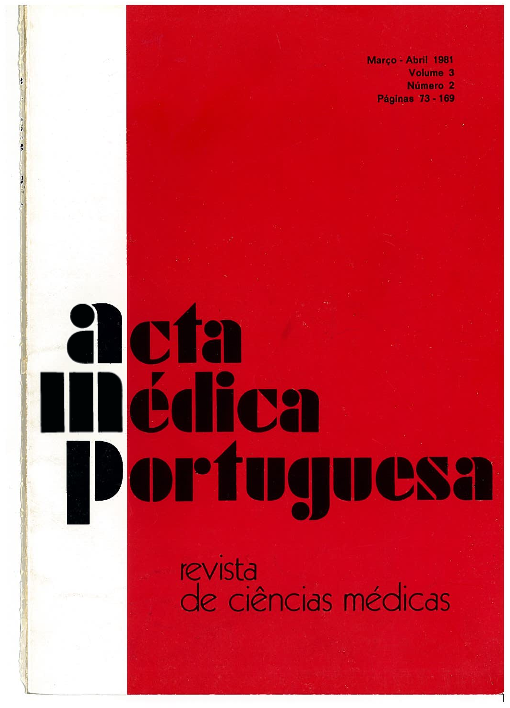Polarcardiographic analysis by automated digital minicomputer.
DOI:
https://doi.org/10.20344/amp.3877Abstract
Polarcardiographic criteria for myocardial infarction were established using an analogic computer and human readers. The sensitivity for revealing old myocardial infarction was found to be 37% greater than for ECG, with a false positive rate of less than 5%. The introduction of digital minicomputers, performing electronic measurements and vector analysis, allowed to process a daily large number of electrocardiologic tests as a routine clinical service (Woodward ECG Computer System). In the present study, the performance of the computer program in applying the polarcardiographic criteria for myocardial infarction was matched with that previously applied by human readers. Using the coronary-ventriculography as a golden standard, there were no significant differences in the specificity and the sensitivity was 51 % for human readers versus 53 % for the computer; when combined, both the computer and the cardiologist’s overread, the sensitivity was increased to 61 %. Using the new computer expanded diagnostic criteria, the sensitivity was 61%, and was raised to 67% with combined overreading. The sensitivities and the specificities obtained when the computer diagnosis and visual interpretations are combined, are those that apply to the Woodward ECG Computer System in daily use.
Downloads
Downloads
How to Cite
Issue
Section
License
All the articles published in the AMP are open access and comply with the requirements of funding agencies or academic institutions. The AMP is governed by the terms of the Creative Commons ‘Attribution – Non-Commercial Use - (CC-BY-NC)’ license, regarding the use by third parties.
It is the author’s responsibility to obtain approval for the reproduction of figures, tables, etc. from other publications.
Upon acceptance of an article for publication, the authors will be asked to complete the ICMJE “Copyright Liability and Copyright Sharing Statement “(http://www.actamedicaportuguesa.com/info/AMP-NormasPublicacao.pdf) and the “Declaration of Potential Conflicts of Interest” (http:// www.icmje.org/conflicts-of-interest). An e-mail will be sent to the corresponding author to acknowledge receipt of the manuscript.
After publication, the authors are authorised to make their articles available in repositories of their institutions of origin, as long as they always mention where they were published and according to the Creative Commons license.









